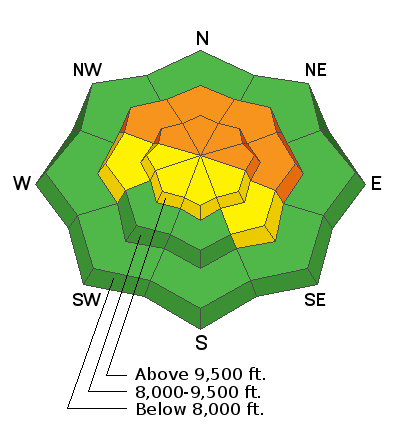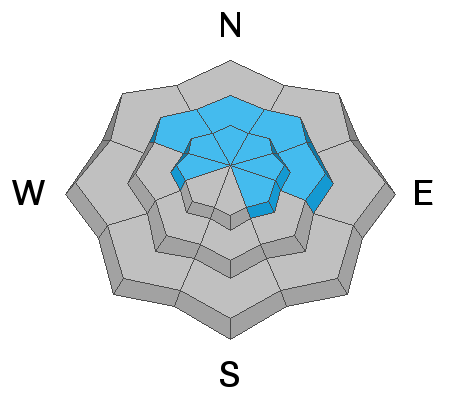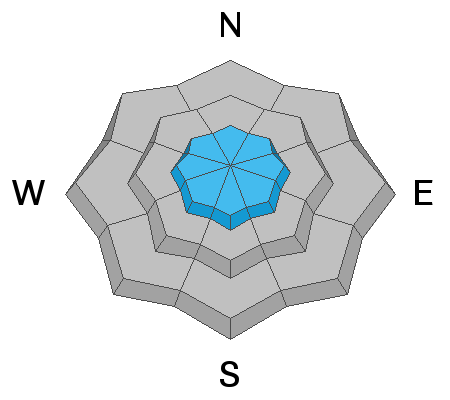Forecast for the Provo Area Mountains

Issued by Trent Meisenheimer on
Sunday morning, December 2, 2018
Sunday morning, December 2, 2018
The avalanche danger is CONSIDERABLE on mid & upper elevation northwest through east facing terrain. Human triggered avalanches are LIKELY and you can expect avalanches to break 1-3' feet deep and several hundred feet wide. Avalanches can be triggered from a distance, from below and on slopes that have already slid this year.
- Safer options do exist on the south facing terrain or lower elevations where there is no weak faceted snow.

Low
Moderate
Considerable
High
Extreme
Learn how to read the forecast here








